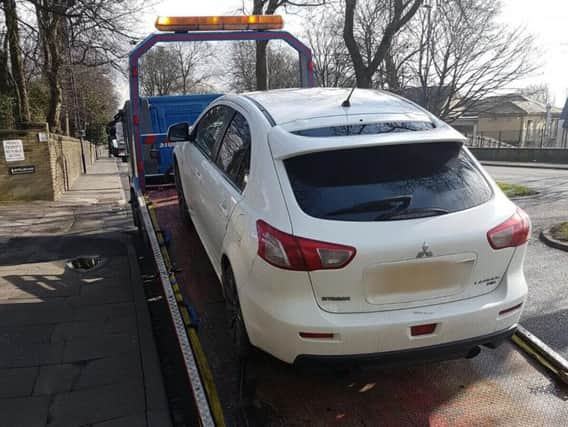Hundreds of thousands of cars will no longer need MOTs from May: Changes in full


The move is aimed largely at classic and vintage cars, and will mean many existing vehicles will no longer need to take or pass the road worthiness test.
Critics have argued the move will increase the number of unsafe cars on the country's roads.
Advertisement
Hide AdAdvertisement
Hide AdHere are the changes as put forward by breakdown cover service Green Flag:
What are the changes to the MOT?
Currently, owners of all cars registered after 1960 need to put their car through the annual MOT test.
From May 2018, cars that are more than 40-years old (first registered in 1978) will no longer need an MOT certificate. This will continue on a rolling basis meaning the following year it will be cars first registered in 1979 and so on.
You will no longer need an MOT on classics like the early Austin Allegro.
Why has the government made these MOT changes?
Advertisement
Hide AdAdvertisement
Hide AdThe government believes cars that are 40 years or older are of historical interest. Because of that it thinks these older cars are well maintained voluntarily as the vast majority are owned by enthusiasts. It also claims older cars aren’t used regularly. And when they are used, it’s usually for short journeys.
Changing the exemption to cars that are 40-years old also ties in with the current car tax rules. And modern cars are very complex, requiring increasing levels of computer diagnosis. This means garages frequently aren’t set up to test much older cars.
What will the impact be?
At the moment there are 197,000 vehicles on the road that don’t need to have a valid MOT certificate. By changing the year when an MOT is needed, a further 293,000 vehicles are expected to be added to the list. That is around 1 per cent of the number of cars on the road. It means now 490,000 cars will no longer have an MOT certificate. However, the onus will be on the owner to ensure their car is roadworthy.
Will it mean more unroadworthy vehicles?
There were concerns from road safety campaigners that the number of road accidents might increase because there would be more unroadworthy vehicles. However, figures suggest only 3 per cent of all accidents are due to vehicle defects. In addition, Department for Transport stats show that in 2015, 215 people were killed or seriously injured in crashes involving vehicles first registered in 1961-77. In the same year, there were 160,385 deaths and serious injuries in crashes involving vehicles built after 1988.
What about other changes?
Advertisement
Hide AdAdvertisement
Hide AdThe government is currently analysing the results of a consultation paper. This asked whether a car’s first MOT test should move from three-years old to four. There has already been a strong response to this. The vast majority of people are against it and if the stats are correct, rightly so.
According to the government’s own figures, one in six three-year old cars fails its first MOT. That means there would be 385,000 cars running around for up to 12 months that aren’t considered roadworthy. Testers claim most fail because of poor maintenance by their owners. Unsafe brakes, lights and tyres are the reason for the majority of failures.